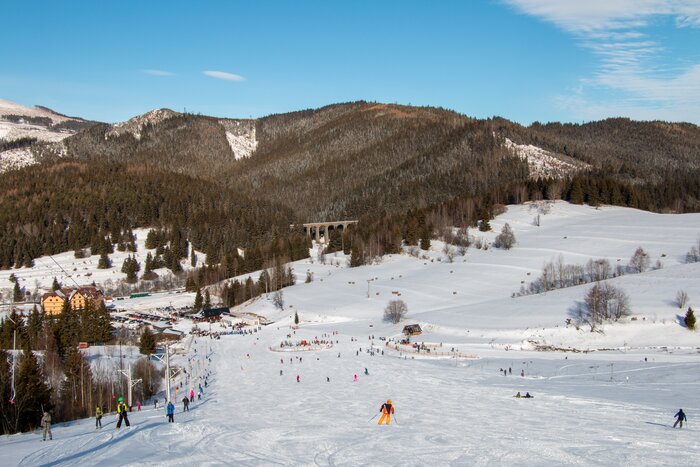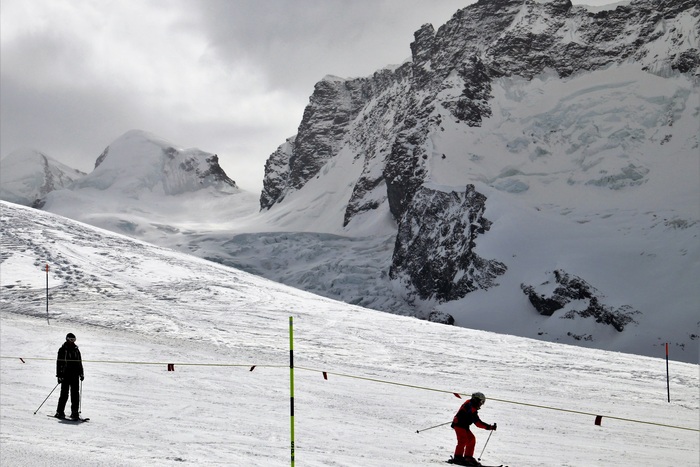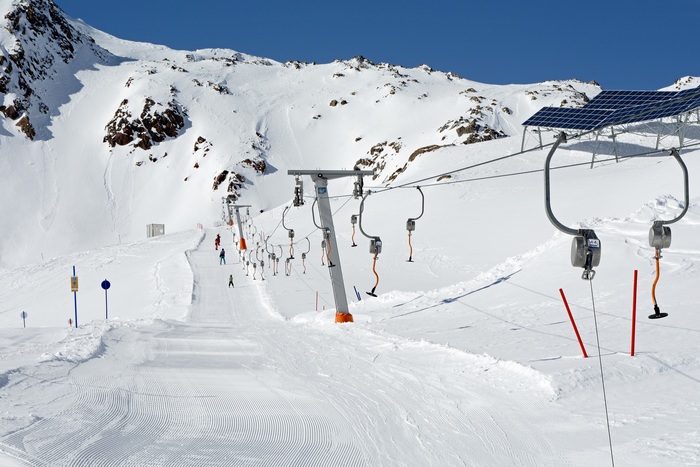What The Colours Mean On Ski And Snowboard Runs: A Beginner’s Guide

When you hit the slopes for the first time, you’ll quickly notice different coloured signs marking the trails. These colours aren’t there to brighten up the mountain — they’re an international code to help you choose runs that match your skill level. Understanding them is key to staying safe, building confidence, and enjoying your time on the snow. There are several ways to improve your skill level, such as enrolling in a ski-school or digital coaching devices such as the groundbreaking Carv 2, which provides detailed post-ski run analysis and real-time feedback on any terrain.
It is important to note that not all countries use the same system to grade their ski routes. European resorts such as France tend to have four colours, green, blue, red and black, whereas North America don’t use red routes.
Green runs – gentle and beginner-friendly

Green runs are the easiest slopes on the mountain. They’re wide, not too steep, and designed for learning the basics — such as stopping, turning, and controlling your speed. In North America, green means ‘go slowly and learn’. You might find gentle slopes, magic carpets (beginner conveyor-belt lifts), and slow-speed zones. These runs are perfect for your first few days and are where most ski schools operate.
Even if you feel ready for more, mastering greens first will make the rest of your ski journey much smoother.
Blue runs – intermediate territory
Blue runs are the next step up. They’re steeper and often longer than greens, but still manageable for skiers and snowboarders who can link turns confidently. Blues can vary: In some resorts they’re gentle cruisers, in others they’re narrow or have faster traffic.
For many beginners, moving to blues feels like a big leap. It’s best to start with the easiest blue on the mountain (often labelled on resort maps) and progress from there. Expect to work on controlling your speed over longer descents, dealing with slightly bumpier snow, and navigating more crowded areas.
Red runs – strong intermediate to advanced

Reds aren’t used in North America, but you’ll see them in Europe, Australia, and parts of Asia. They sit between blue and black difficulty. Red runs are steeper than blues, often with sustained gradients, tighter turns, and faster sections. They demand strong turning skills and good edge control.
If you’re an adventurous intermediate skier, reds can be a fun challenge — just make sure you’re comfortable on all blues first.
Black runs – advanced only
Black runs are steep, challenging, and often ungroomed. They may have moguls (bumps formed by skiers turning), narrow chutes, or icy patches. In North America, some black runs are manageable for confident intermediates on a good snow day, but many are for advanced skiers only.
If you see a double black diamond, it means extreme terrain — think cliffs, tight trees, and expert-only slopes. These runs require excellent skills, quick reflexes, and a willingness to accept the risk of falls.
Other tips and advice
Some resorts also mark terrain parks (often with an orange oval), indicating areas with jumps, rails, and freestyle features. Off-piste areas, tree runs, or backcountry zones may be marked differently — and often require avalanche safety equipment and knowledge.
Always check the trail map before setting off and be honest about your ability level. Just because you can get down a run doesn’t mean you’ll enjoy it — pushing yourself too far too soon can lead to falls, frustration, or injury. Work your way up through the colours, and you’ll not only ski better but have far more fun in the process.


